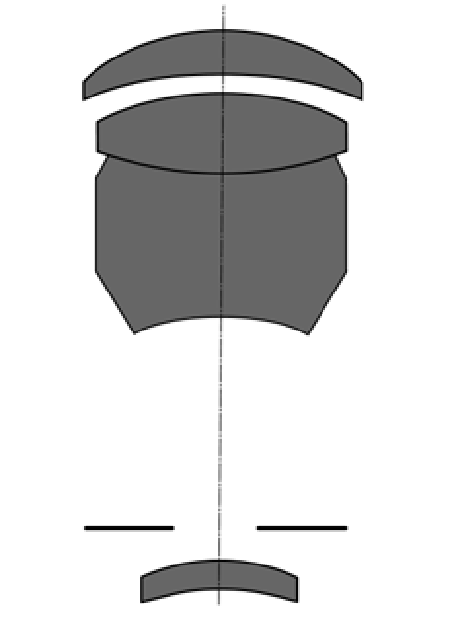The Lens details of a series of images taken by Steve Cushing on mirrorless camera.
Fitting is a duel bayonet Rangefinder (RF) mount with a 34.85mm
Flange Distance - this lens will fit and achieve focus to infinity mirrorless cameras but not DSLRs.
HistorySoviet lenses have a strange background in comparison with their German and Japanese counterparts. Some optical designs, such as the Helios 44 are direct copies of the Biotar and Flektogon series made my Carl Zeiss. The Jupiter 11-A has the Sonnar design. However, what makes them stand apart is that even if they are copies they still have a unique image rendering.
After the war with much of the German manufacturing equipment now in Russia most of the early Russian lens designs were based upon Carl Zeiss designs. The Jena factory in the East continued its production under the Communist regime, but Russians also jump-started their own factories, most notably in Krasnogorsk (the KMZ factory) and later also expanded production to Arsenal Kiev, Litkarino, Lvov, Kharkov and Kazan factories. But KMZ remained the epicentre of the innovation and most original Russian designs were originated there.The lens I used for the sample images was made at Krasnogorsky Optical and Mechanical Factory (KMZ) in 1961. The first two numbers of the serial number show the version of manufacture on these lenses.
The names of the Soviet lenses often featured cosmic themes rather than optical design names such as Jupiter, Vega, Helios, Tair. In the Soviet era, everything that is connected with space was a trend. And they called the cosmic names of not only for their lenses, but other items such the tape player "Vega" motorbikes "Jupiter," and so many more products. Soviet lenses can be divided in two ways. Sometimes the name states the optical design (Helios, Industar, etc), The second way to clarify them is the brand of the manufacturer (Arsat, Zenitar, BelOMO).
The first way implies that the name of the lens attached specific optical design. This logic is likely to have been borrowed from the German company Carl Zeiss. Historically, after the WWII the Soviet Union brought the reparations of the optical factories from Germany, with raw materials and blanks, and also received the right to use certain optical designs, it is mostly the firm Zeiss.
But as the companies developed, Soviet designers took Zeiss lenses, produced them with Soviet types of glass and put them into production. So developed legendary Soviet lenses. Some optical designs were also invented by Soviet designers. For example Tair, Telear, Kaleinar etc.
This Lens
Jupiter (Юпитер) These lenses has a Zeiss Sonnar design. This is photo lenses for the small and medium format (Jupiter-11, Jupiter 37, the Jupiter-9, Jupiter-21, the Jupiter-36).
The Jupiter-11 135mm 4.0 is therefore a copy of a Zeiss lens, the Zeiss Sonnar 135mm 4.0.
This Russian lens is really cheap and yet gives wonderful rendition and bokeh. Quality control of these Russian lenses is not that of the pre-war Zeiss lenses, some are excellent others are not, but the optical format is the same.
Lens In Use
- This lens is made from aluminium which contributes to very low weight, but is also very good at attracting scratches. Its actual weight: 260 g
- Filter Diameter: 40.5 mm
- Number of Aperture Blades: 15 (rounded). Because of these 15 rounded aperture blades the highlights in the background stay round even on stopping down.
- Elements/Groups: 4/3
- Close Focusing Distance: 2.5 m which is not good. I have added a helicoid to my homemade adapter to bring this down.
- Maximum Magnification: 1:X
- Even on an overcast day you will encounter severe issues with veiling flare so you need to add a lens hood.
Summary I just love this cheap lens, it light, easy to use and has great bokeh. My copy is a good one so be careful when buying these lenses and remember imperfections are important and necessary elements in creative photography. This is why I use vintage lenses alongside the pixel perfect modern ones.
For general information on lens design and lens elements go to the homepage
HERE





